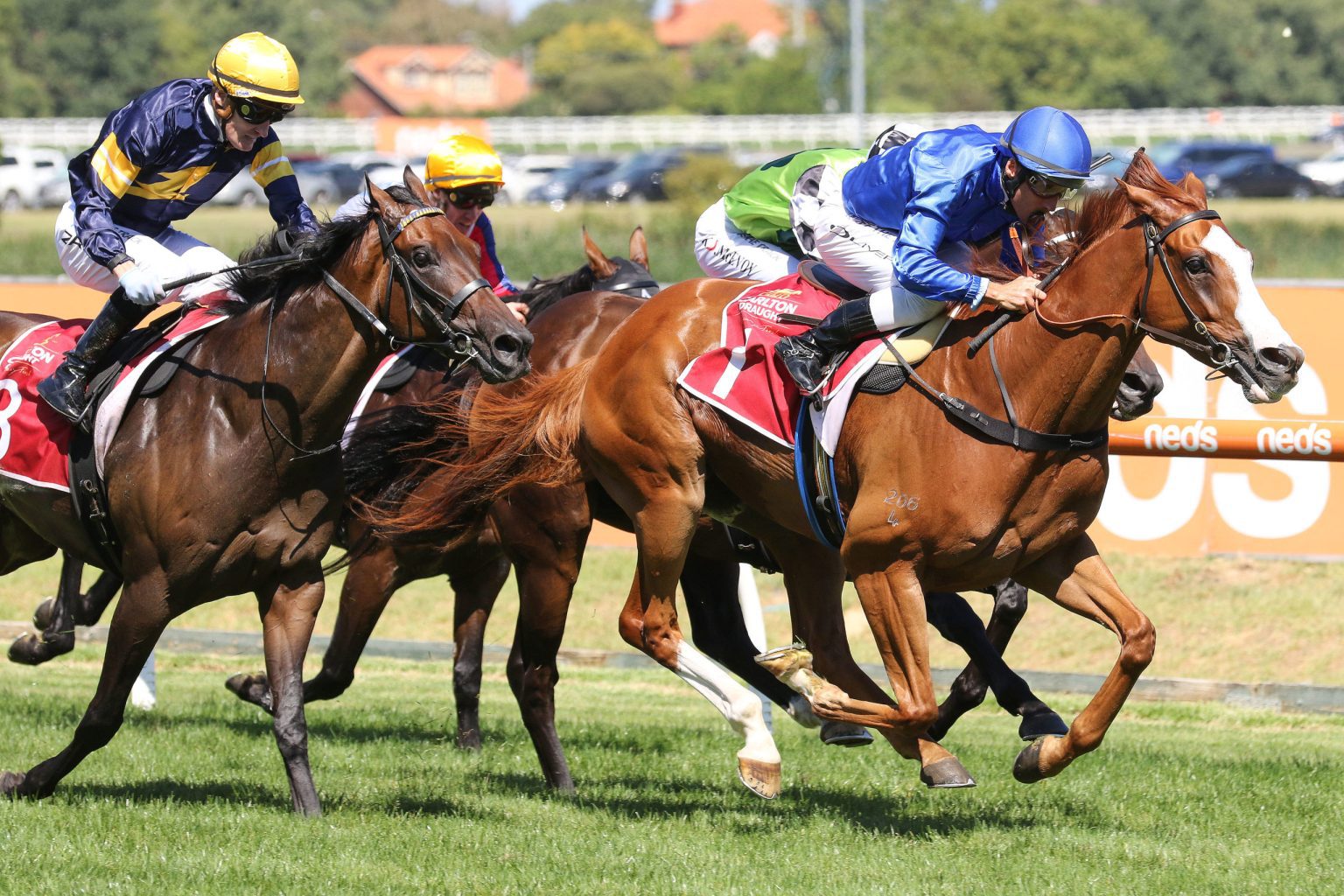Horse racing has long been called the “Sport of Kings,” but beyond the excitement of watching powerful thoroughbreds thunder down the track lies a complex and fascinating world of betting. Understanding this world begins with a firm grasp of one essential concept: betting odds. In this article, we will explore Decoding the Numbers: Inside the World of horse racing betting odds and uncover how these figures shape the decisions of punters worldwide.
What Are Horse Racing Betting Odds?
At its core, horse racing betting odds are numerical representations of a horse’s chances of winning a race. These numbers serve two main purposes:
- Indicating Probability: Odds provide an estimate of the likelihood that a particular horse will win or place in a race.
- Determining Payouts: Odds also determine how much a bettor stands to win relative to their stake.
For example, a horse with odds of 5/1 means that for every $1 wagered, the bettor would win $5 if the horse finishes first. Conversely, lower odds like 2/5 suggest that a horse is highly favored, and while the chance of winning is higher, the potential payout is smaller.
Types of Betting Odds
There are several formats for presenting horse racing odds, each used in different parts of the world:
- Fractional Odds: Common in the UK, expressed as fractions (e.g., 7/2).
- Decimal Odds: Widely used in Europe, showing the total payout for each unit staked (e.g., 4.50).
- Moneyline Odds: Popular in the US, using positive and negative numbers to indicate the payout and favorite status.
Understanding these formats is crucial for anyone serious about horse racing betting, as misinterpreting them can lead to significant mistakes.
How Odds Are Calculated
Betting odds are not arbitrary. They are influenced by:
- Form of the Horse: Past performance, recent wins, and consistency.
- Track Conditions: Some horses perform better on soft ground, others on firm tracks.
- Jockey and Trainer Stats: Experienced jockeys and renowned trainers can increase a horse’s chances.
- Betting Patterns: The amount of money being wagered on a horse can shift odds due to market adjustments.
Bookmakers use sophisticated models that combine these factors to set initial odds. As betting progresses, the odds fluctuate to balance potential payouts and reduce the bookmaker’s risk.
The Psychology Behind Betting Odds
Beyond math, Decoding the Numbers: Inside the World of Horse Racing Betting Odds also involves understanding human behavior. Many bettors are drawn to favorites, sometimes ignoring longshots with high potential returns. Recognizing these patterns can help savvy punters exploit mispriced odds for strategic gains.
Conclusion
Whether you are a casual spectator or an aspiring professional bettor, Decoding the Numbers: Inside the World of Horse Racing Betting Odds is key to making informed decisions. By understanding how odds are set, their formats, and the psychology behind them, you can approach horse racing betting with greater confidence and insight. Betting on horse racing is as much about analysis as it is about excitement — and the numbers are your map in this thrilling world.


